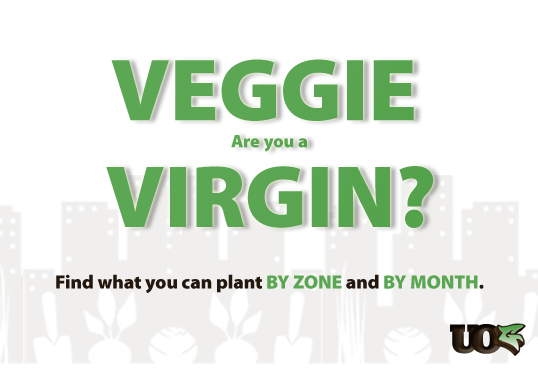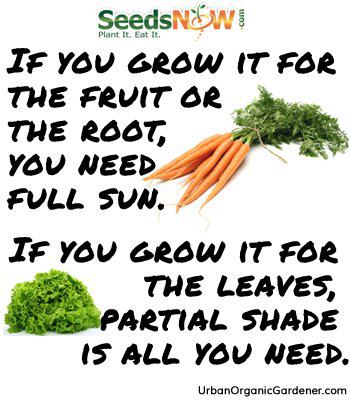 You want to start your garden and feel overwhelmed, not knowing what you can grow.
You want to start your garden and feel overwhelmed, not knowing what you can grow.
Finding that information in an easy to follow format is damned near impossible.
You need a degree to read the charts, maps and graphs that are out there.
How would you like to know what you can grow in your garden today without the confusion?
The Veggie Virgin Formula
Luckily for you, I have scoured dozens of sites and have put together the “Veggie Virgin Formula.” It’s geared towards people who are starting their vegetable garden or have had troubles in the past.
The Veggie Virgin Formula makes figuring out what to plant in your garden simple.
The Veggie Virgin Formula makes figuring out what to plant in your garden simple. — Tweet This
Follow these 4-steps to know what to plant
Step 1: Figure out your USDA Zone
For those of you outside the US, I didn’t find such a great tool, but did find this link.
Step 2: Download your planting guide
Based on what hardiness zone you are, download the corresponding chart below:
Each chart is broken down by month and includes what you can plant in that month.
Step 3: Determine your sunlight
To monitor the amount of sunlight throughout the day, start off with a quick sketch of your garden space. Section it off as the day progresses because the surrounding structures will cast shade in certain areas.
Note how many hours of sunlight your space gets during the day and figure out which category it falls into:
- Full sun. 6+ hours of direct sunlight. Seeds that grow well in full sun.
- Partial sun. 4-5 hours of direct sunlight.
- Partial shade. 2-4 hours of direct sunlight.Seeds that grow well in partial shade.
- Shade Less than 1 hour of direct sunlight.
You’ll have to do this during each season.
Step 4: Decide what to grow
Now you have the list of veggies that you can grow this month, but you’ll need to narrow it down based on how much sunlight your garden gets. 3 sources to buy your vegetable seeds.
In the theme of keeping this simple, use the basic rule of growing:
“If you grow it for the root or fruit, you need full sun. If you grow it for the leaves, partial shade is all you need.”
 Are there exceptions? Of course, but this basic rule makes it easier for you to start.
Are there exceptions? Of course, but this basic rule makes it easier for you to start.
Why the Veggie Virgin Formula?
This name was used because this is geared towards people who just starting their first garden or don’t have much experience. It removes the stress of figuring it out on your own and eliminates some of that fear of failure because your choices are laid out for you.
Your turn
Use the Veggie Virgin Formula and in the comments below let me know what you are going to plant in your garden.
P.S. If you want even more insanely practical tips like this, stay tuned for my training course to get your fall garden started, which I’ll be unveiling in June.






















Oh thank you so much!! I printed everything and made some notes 🙂
What about soil?
I live in a condo and only have a screened in balcony. I have some plants growing under a grow light. Is it possible to grow successfully under grow lights inside for crops that are not in season or too hot to put outside? I am in the early stages of experimenting. Thank you for this guide! I saved it!
Thank you for the tips! I will definitely have to try this.